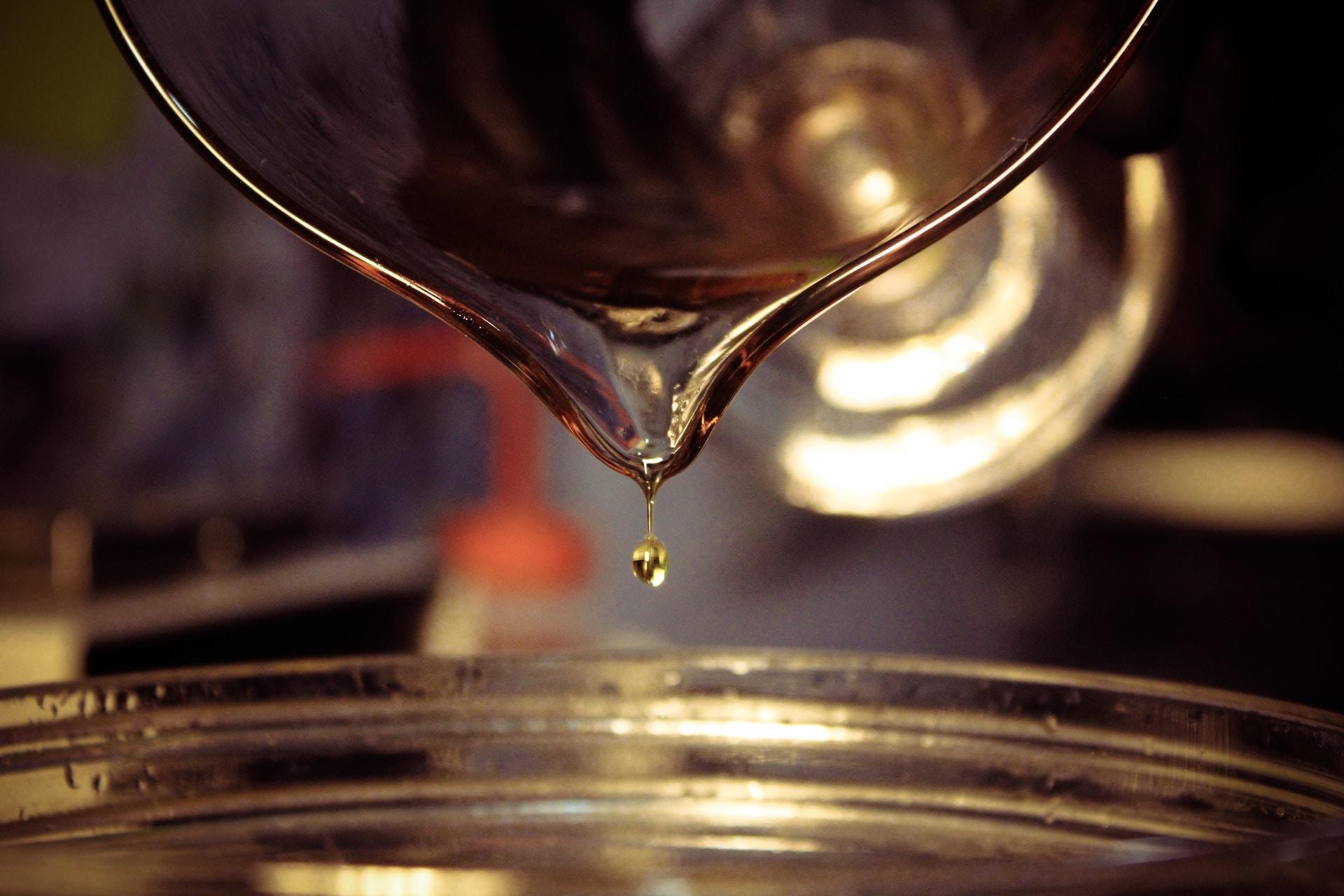If you're studying VCE Chemistry, you may have heard of the “data book”. Here, we'll explain what it is, what's in it, and how to use it.

What Is the VCE Chemistry Data Book?
The VCE Chemistry Data Book is simply a reference that you can use during your VCE Chemistry end-of-year exam.
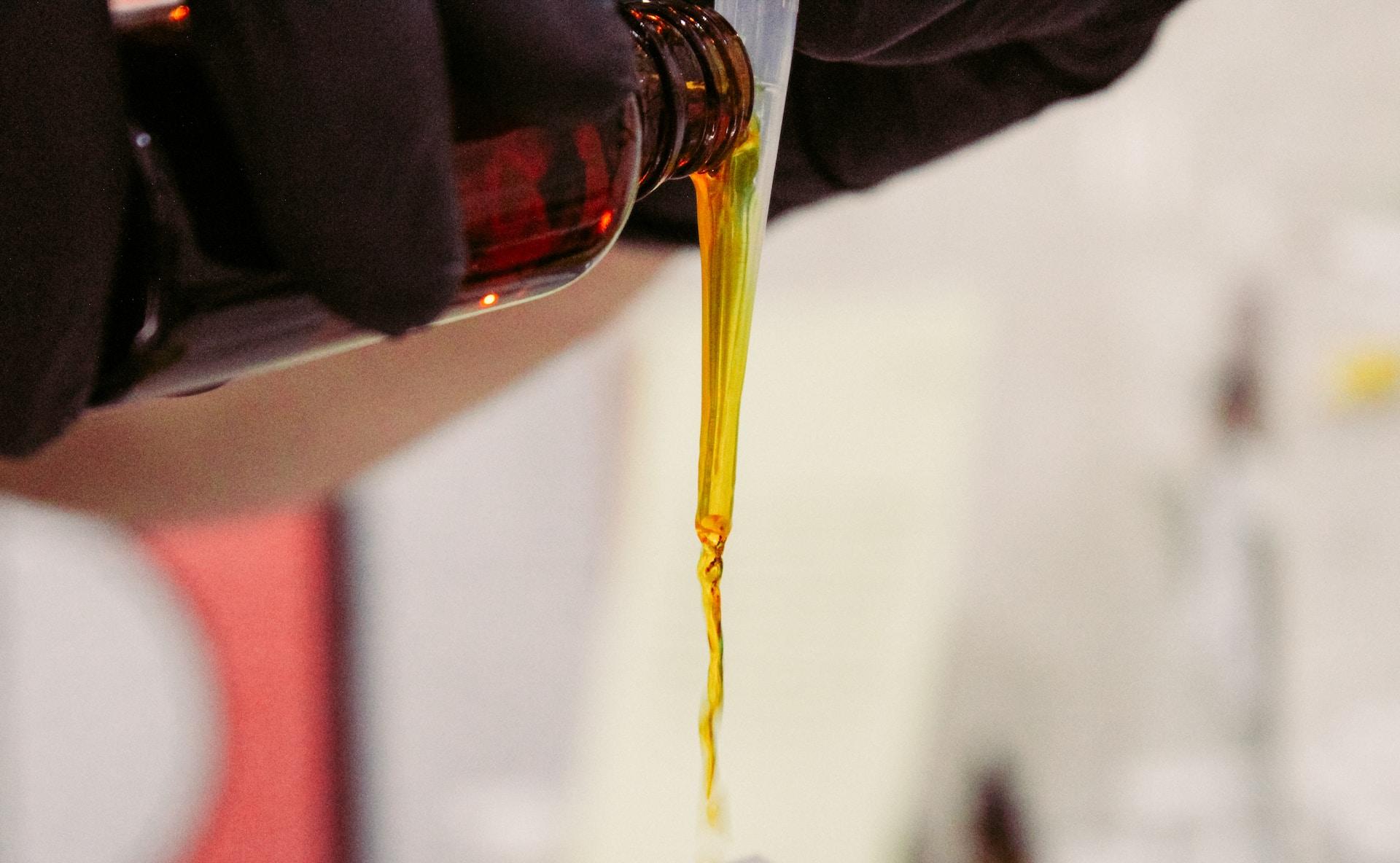
This will be provided to you and it basically exists so that students don't have to memorise everything for their exam and also because they won't be allowed mobile phones or other electronic devices in the exam.
After all, the study design outlines what's expected of students and while understanding the content of the data book is expected, memorising everything in it isn't.
The contents of the data book aren't a secret so you can always familiarise yourself with what's in it so that you can
What Does the VCE Chemistry Data Book Include?
The VCE Chemistry data book includes 17 different sections with plenty of tables, diagrams, and values.
We won't go into too much depth about them here, but it is worthwhile being aware of what's in the data book so you can save yourself time during your exam and while studying VCE Chemistry.
While you don't need to memorise the contents of the data book, by knowing what's in it and what's not, you'll know what you need to memorise and what you need to learn and understand for your exam.
Periodic Table of the Elements
The first thing you'll find in your VCE Chemistry data book is the periodic table of the elements. This will include atomic numbers, element names, and relative atomic mass.
There are quite a few ways you can use this table so don't forget that you'll find it right at the start of your VCE Chemistry data book.
Electrochemical Series
You can use the electrochemical series in questions on reduction and oxidation. Study this section of the data book to answer questions on redox or spontaneous reaction.
The table also includes the standard electrode potential, which is the voltage produced from the reaction once the electrode potential of the oxidant has been subtracted from the electrode potential of the reductant.
Chemical Relationships
The Chemical Relationships section gives you several useful formulas that you can use on your exam.
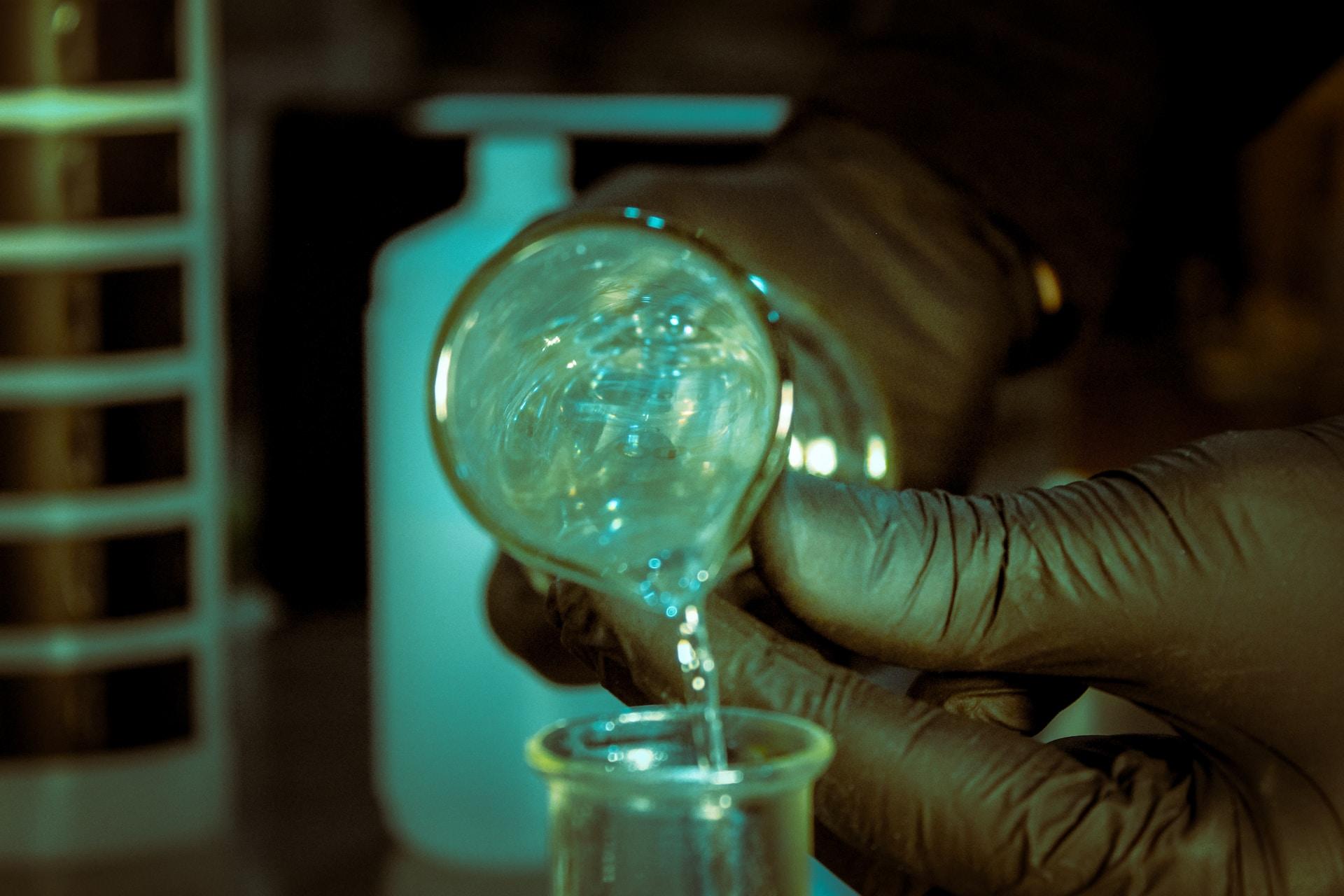
While you will have these to hand during the exam, don't forget that you'll need to learn how to rearrange the formulas so that you can actually use them in questions.
Don't think that just because you'll be given these that you won't have to learn anything about them.
Physical Constants and Standard Values
As the name suggests, constants stay the same. The list of physical constants and standard values are always the same and can be substituted into the appropriate part of equations and formulas.
For certain values, you won't need to work anything out as they'll be provided for you and the numbers provided here will be accepted.
Ensure you understand and remember these complex concepts with a chemistry tutor on Superprof!
Unit Conversions
You'll be provided with some unit conversions that you can use when answering questions. Even if you're not provided with the unit you need for the answer, you can refer to this section to find out how to convert them.
As you're only given one example for each conversion, you'll have to work out what the conversion ratio is yourself.
Metric (including SI prefixes)
The data book includes a section complete with all the metric prefixes from giga to pico and both the scientific notation and the multiplying factor for them.
Remember to read every question carefully because if you miss one of these prefixes, your answer will likely be incorrect by orders of magnitude.
Acid-base Indicators
The acid-base indicators section is useful in questions when you need to work out what the colour change will be in titrations and volumetric analysis.
The table lists the name, pH range, and colour change from a lower pH to a higher pH so keep this in mind when answering questions.
Representations of Organic Molecules
You can find several representations of butanoic acid using the molecular formula, structural formula, semi-structural (condensed) formula, and skeletal structure.
You may be asked to represent other organic molecules so this reference will be useful to give you an idea of the conventions used.
Formulas of some fatty acids
You're given the formulas of certain fatty acids as well as the semi-structural formula for them. Remember that the brackets are used to indicate repeating sections.
Formulas of some Biomolecules
This section includes diagrams of several biomolecules including vitamin C, glycerol, sucrose, aspartame, cellulose, etc.
While you won't have to memorise this, you will need to be familiar with the structure of these biomolecules and how this affects their behaviour.
Heats of Combustion of Common Fuels
Here, you'll find the heats of combustion for various fuels like hydrogen, methane, propane, methanol, ethanol, etc.
In addition to the name of each fuel, you'll also be provided with the chemical formula, the state, the heat of combustion, and the molar heat of combustion.
Heats of Combustion of Blended Fuels
Much like in the previous section, you are provided with the heat of combustion for kerosene, diesel, and natural gas.
However, you are not given the molar heat of combustion for these fuels because they're mixtures.
Energy Content of Food Groups
This section has a small table including fats and oils, protein, carbohydrates and the heats of combustion for them. You can use this to work out the energy content of food once you know what it's made up of.
Characteristic Ranges for Infra-red Absorption
This is the first of several tables and appendices you'll use when calculating molecules from an infrared spectrum. The table includes the bonds and wave numbers.
13C NMR Data
This table can help you work out carbon and hydrogen environments from NMR data based on chemical shifts.
1H NMR Data
Much like the previous two sections, this table details the typical proton shift values relative to TMS = 0.
2-amino Acids
Last but not least, you'll be provided with 2-amino acids (α-amino acids) in a table that includes their names, symbols, and structures.
You can use these in questions asking you to identify the products of protein hydrolysis or draw a zwitterion, for example.
How to Effectively Use the VCE Chemistry Data Book
You'll get the most out of the VCE Chemistry data book by being familiar with it. When revising for your exam, it's a good idea to do past papers (as long as they're still relevant) and practise in exam conditions.
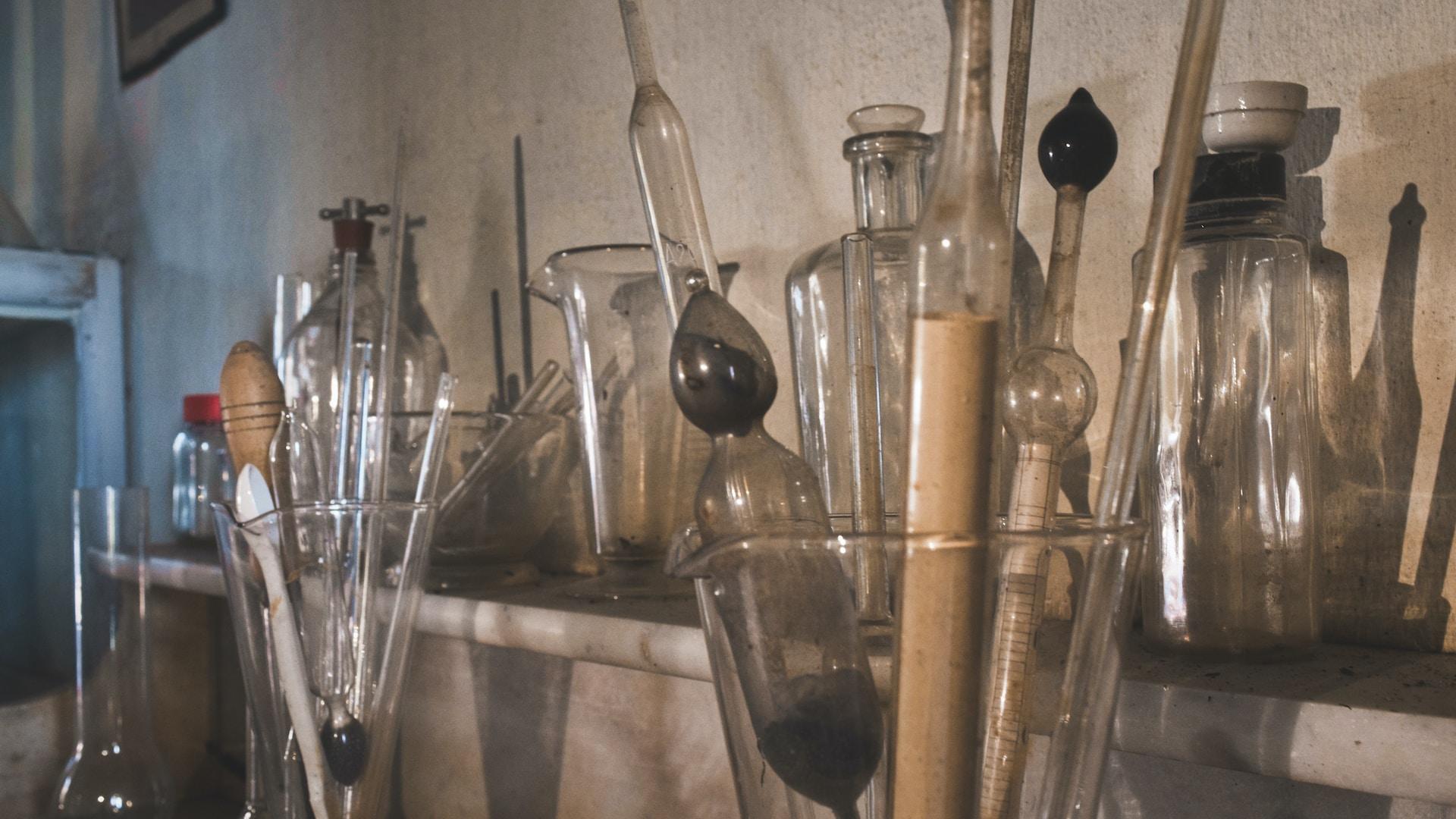
This will include using the data book and familiarising yourself with the types of questions that regularly come up in the exam, where and when you'll be expected to refer to the data book, and how the data in the data book is used to answer these questions.
One common pitfall is to assume that the data book basically gives you the answer. Just because something is in the data book, it doesn't mean that you don't have to study it. If anything, the stuff you'll find in the data book is likely to be used in some of the more complicated questions and you're given this data because it would be unreasonable to expect any student to memorise everything they need to answer the question.
Study what's in the data book, how it's used, and the kinds of questions that relate to each part of the data book. Don't memorise the data in the data book, though, as it'll be there for you in your exam.
Get help studying and practice applying your knowledge with an online chemistry tutor on Superprof!
How to Study for the VCE Chemistry Exam
We've already mentioned that past papers are a great way to study, but don't forget to regularly refer to the study design, too, as this outlines everything you're expected to know and what you'll be tested on.
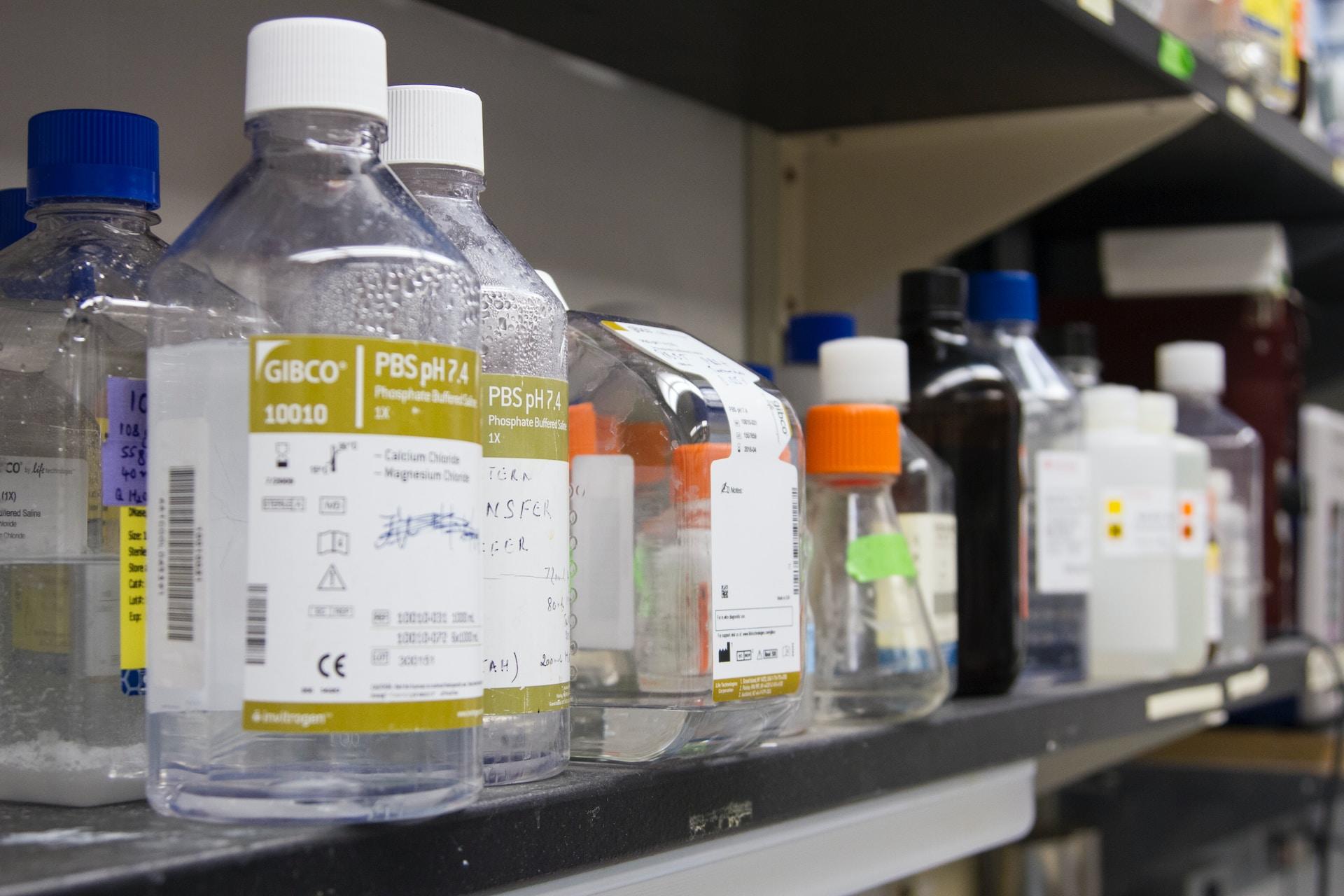
It's also worth remembering that the study design has changed this year so if you're starting VCE Chemistry in 2023, you'll need to refer to the newer study design. The study design for Units 1 and 2 is applicable from this year and the changes for Units 3 and 4 will come into effect next year (2024) when the current Year 11 students move into Year 12.
Students that started VCE Chemistry before this year will need to refer to the old study design and will also have much better access to past papers.
If you're struggling with VCE Chemistry, don't forget that you can always enlist the help of a private chemistry tutor to help you with everything from understanding the data book and study design to helping with exam practice and revising for your exams.
Need help with your studies? Find chemistry teachers who can help you on Superprof!

